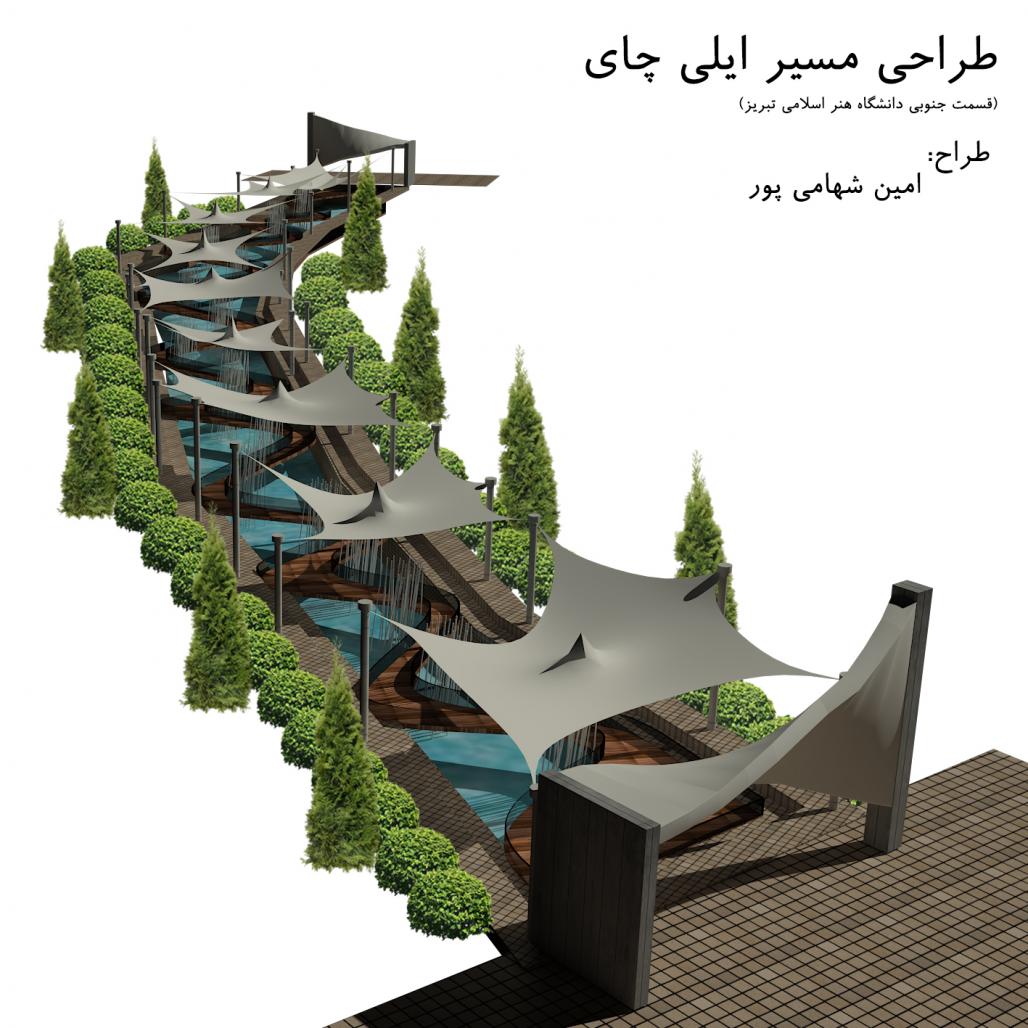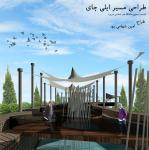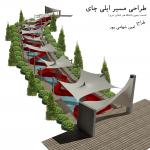Bridge design is the development of construction plans for bridges and bridge-sized box culverts for transportation projects. Project-specific bridge designs must blend with surface design elements to create a seamless product.
Modern bridge designs typically include detailing that will allow placement of a jack and access to the bearing device to provide for either servicing or replacing it. From: Highway Bridge Maintenance Planning and Scheduling, 2016.
A civil engineer must be able to design safe structures in various locations. In terms of transportation, civil engineers build bridges, tunnels, freeway interchanges, and other structures that are designed to facilitate the smooth, even flow of traffic.
There are five types of bridges, and these are, Girder, arch, cable, rigid framed and truss. Each has its unique features and uses. This is a bridge in its simplest and most common form. A log across a stream is an example of this structure
There are some other bridge design objectives which include inspectability, deformation, and aesthetics. Conclusively speaking, FRP composites such as GFRP fiberglass rebar have the potential to meet and exceed the requirements and expectations of the construction industry
The purpose of a bridge is to allow people or cargo easy passage over an obstacle by providing a route that would otherwise be uneven or impossible.
They do it by carefully balancing two main kinds of forces called compression (a pushing or squeezing force, acting inward) and tension (a pulling or stretching force, acting outward), channeling the load (the total weight of the bridge and the things it carries) onto abutments (the supports at either side) and piers
Bridges are structures that are built to cross or span physical obstacles without blocking or obstructing movement below. These structures often provide a way above an obstacle that might otherwise be difficult to cross
2020
Pedestrian design
Urban design
Tabriz Islamic Art University
Amin Shahamipour




